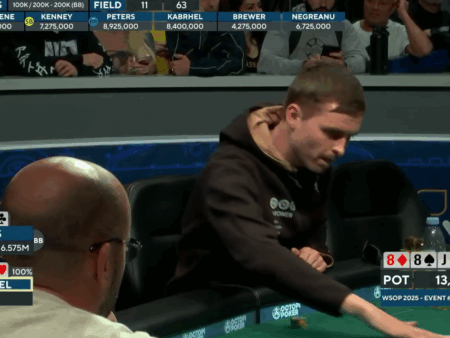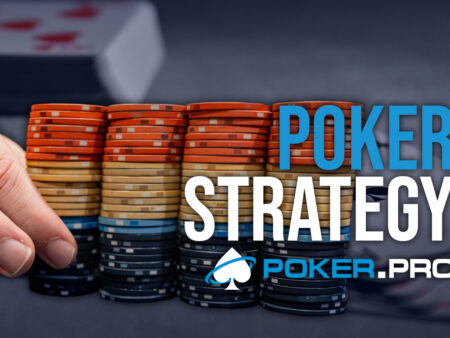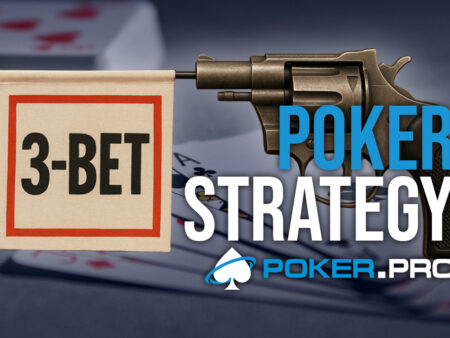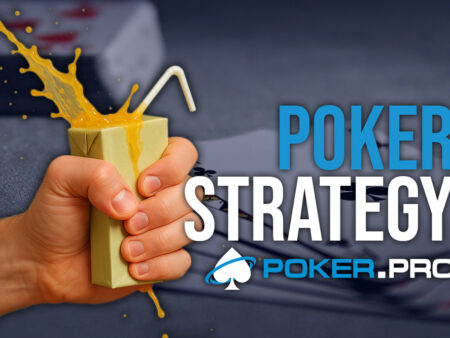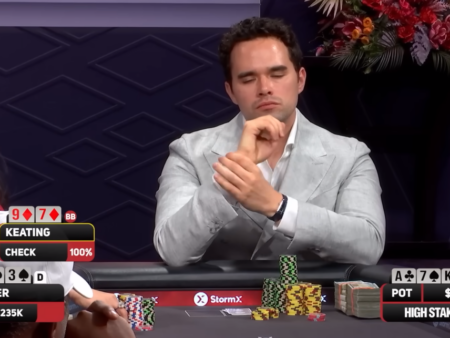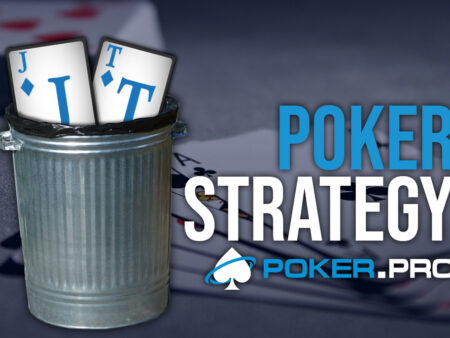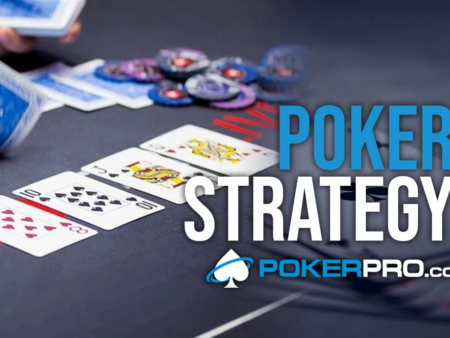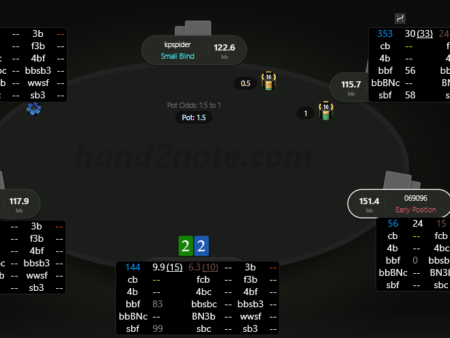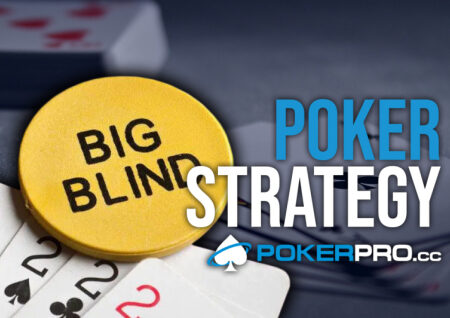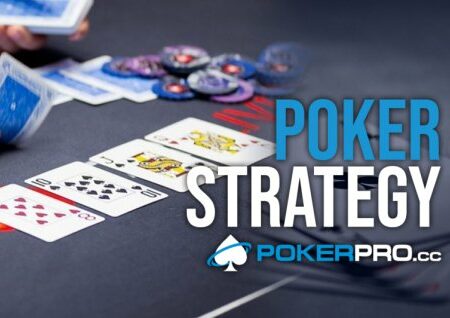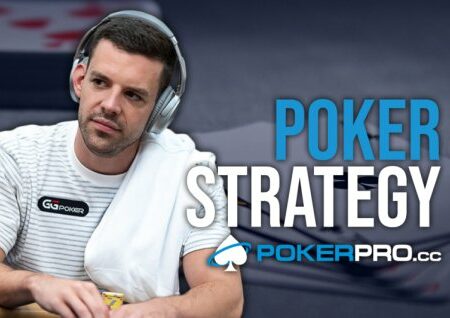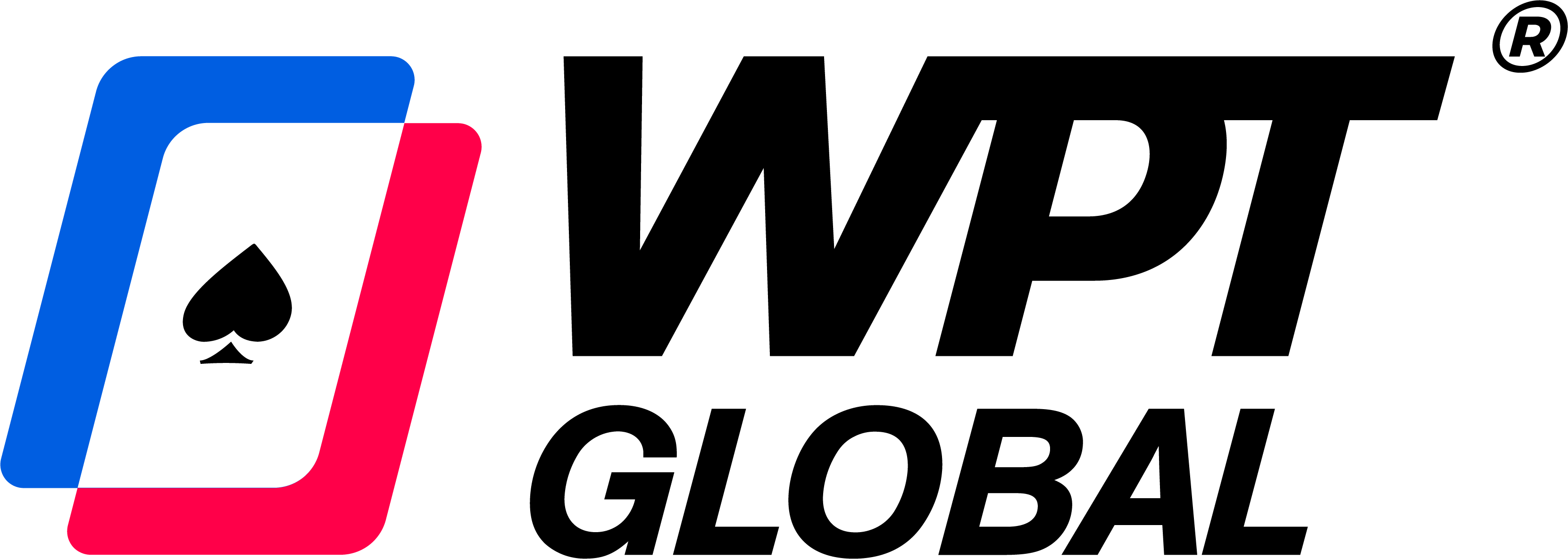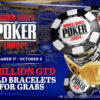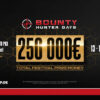
The difference between GTO and Exploitivie poker is that GTO style is more of a defensive strategy, and its main focus is to avoid mistakes, regardless of what our opponent does.
The good thing about the GTO strategy is that it cannot be exploited, and no reads are required to implement it.
On the downside, this kind of strategy doesn’t maximize your win rate because it doesn’t seek to exploit your opponent’s mistakes, and this is where Exploititve poker happens.
Exploitive poker is an offensive strategy that seeks and capitalizes on leaks from our opponents.
The risk of this kind of strategy is being counter-exploited by our opponents, and to be effective with exploiting, you need to have reads on your opponents.
Exploitive strategy, if done correctly, maximizes your win rate.
As poker players, the good thing is that we don’t have to choose between two strategies, but we can use a hybrid approach.
Both strategies are connected, as you have to know GTO to know the baseline to be able to exploit. Also, GTO strategy is informed by potential exploits of the position.
Categories of exploits:
- Proactive: Adjusting your strategy before they’ve deviated (anticipating their mistake)
- Reactive: Adjusting after the opponent has deviated
To implement these tactical exploits, we need to recognize imbalances.
The Five Fundamental Imbalances:
- Betting Volume – What lines are they putting in more money?
- Equity Management – Hand appraisal and value allocation.
- Polarity – Does the range represent nuts/bluff or middling hands?
- Elasticity – How sensitive are they to different sizings?
- Board coverage – Are certain lines over or under-saturated with certain hands?
Betting volume
If our opponent bets with higher frequency than GTO does after we check, then we should adjust by checking more of our value hands.
Equity Management
If our opponent doesn’t use enough bluff in certain spots, we adjust by just overfolding and not floating as much with our marginal holdings.
Also, if he is bluffing too much with air, then we adjust by folding much less.
Polarity
If we are playing against condensed ranges, we should attack them with big sizes.
If we are playing against polar ranges, we should attack them with small sizes. (Do not attack perfectly polar ranges)
Elasticity
If they are less elastic to pricing, we can exploit them by playing “face-up” and using bigger sizings for our value hands and smaller sizings for our bluffs.
This is one of the most dangerous exploits you can do, but it can be very useful if our opponents don’t adjust to our sizing
Board Coverage
If they bet their flush draw every time on the turn, and on the river flush comes, but they didn’t bet the turn, we know they don’t have flush; we can exploit it by bluffing them.
Also, if their 3bet range is too top-heavy, without any balancing hands, they are going to have trouble playing it on a lot of boards where we can put pressure on them and exploit it.

